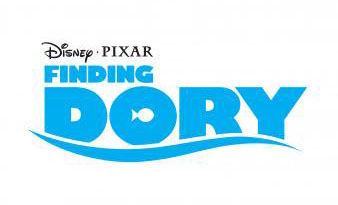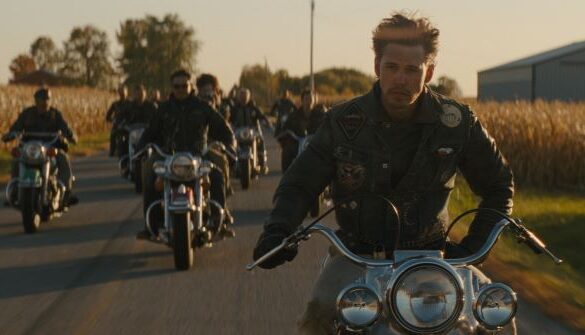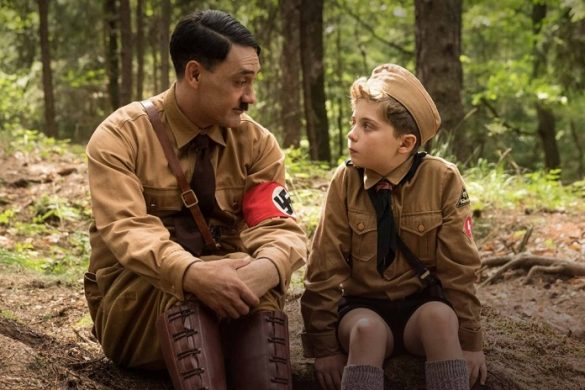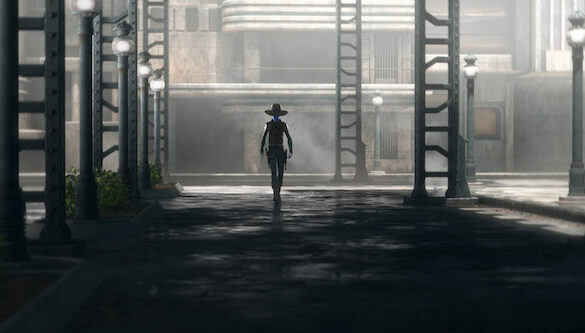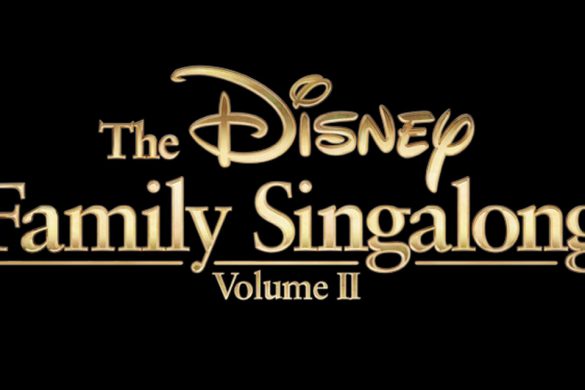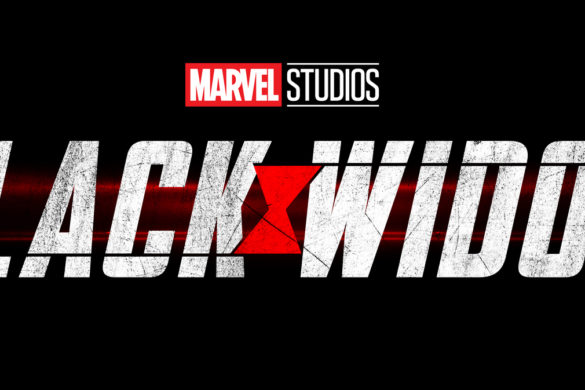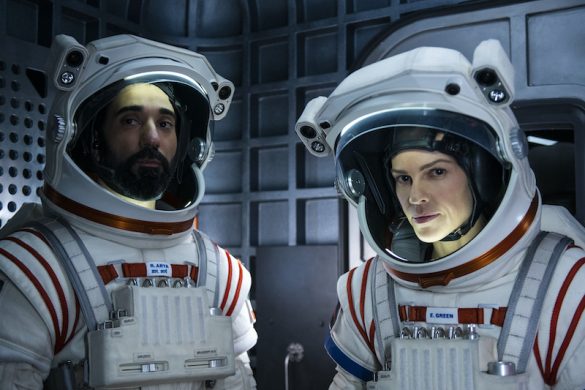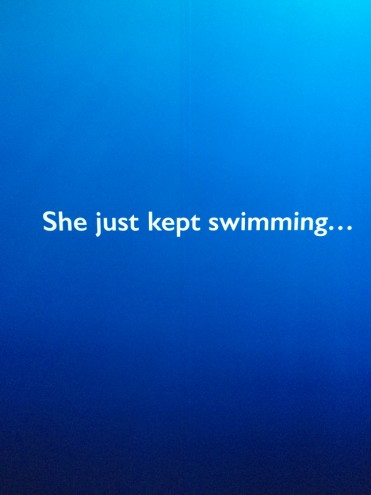 Finding Dory in theaters on June 17th.
Finding Dory in theaters on June 17th.
A picture is worth a thousand words, but before the drawings are drawn a story needs to be created. Together with 24 other “Finding Dory” bloggers, I met with the film’s co-director, Angus MacLane, and the story supervisor, Max Brace. It was a truly, rare opportunity to have these film heavyweights detail all that goes into a sequence – from conception to completion – and help us understand the many layers of the story process for animated films.
The Scene: Dory and Hank (an octopus voiced by Ed O’Neil) wind up in a touch tank pool. This scene was inspired by Max Brace’s visit to an aquarium. He remembers going to the aquarium with his son and exploring the touch pools. He watched as the kids poked and prodded sea creatures and a light bulb went off in his head, “Oh my gosh, what would it be like if Dory got stuck in the touch pool. That would be awful!”.
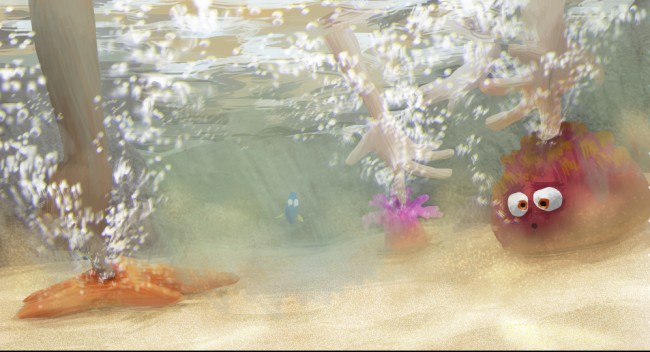
FINDING DORY – Touch Pool Concept Art by Artist Paul Abadilla. ©2016 Disney•Pixar. All Rights Reserved.
Idea!: He presented the idea to the story team, they loved it. Everyone started brainstorming. As with all Disney and Pixar films, a ton of research is involved in creating a film. The team visited various touch pools, took photographs for reference and observed the people in the area. What do people’s faces look like when they interact with a touch pool? Not only did they research the environment, but also the creatures in the touch pool. What would it be like if a starfish had an arm ripped off? Would they be shell shocked or traumatized? Speaking of starfish, during one of the research visits to the Monterey Aquarium, Max noticed a bucket of starfish in a quarantine area. He was told that the starfish are from the touch tank, and needed a break. Hmmm, starfish who need a break? Could that be part of a scene? What about manta rays? Maybe they’ve been living in there for such a long time that they’re used to being touched? Ideas just keep coming in their brainstorming sessions, as well as on research trips.
What next? What would happen to Hank if he wound up getting pulled out of the touch pool? How would he get out of the situation? What if Hank escapes by hitchhiking on a tourist and then camouflaging himself! These ideas are organized, and then handed off to a writer who creates a script for the scene.
Artists are then assigned to a sequence. They are basically the first people to direct the scene. They receive information from the director then think about the composition of the shots, the lighting, the editing, and the acting. They essentially translate the words from the story team into a visual representation.
Scratch tracks and sound effects are added, as well as any changes to the script. All of these sequences are then put together for a first look at the film.
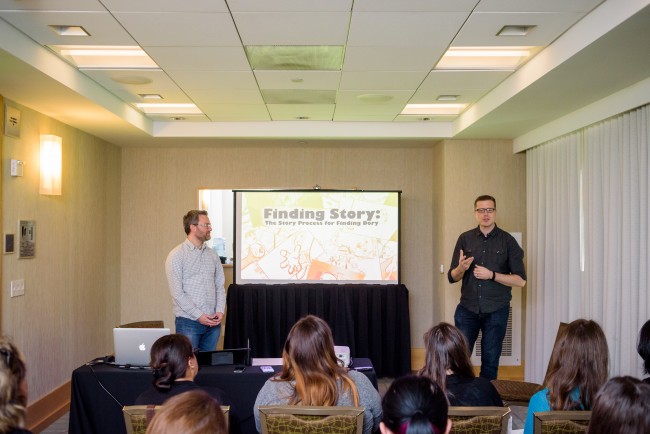
Max Brace (Story Supervisor) and Angus MacLane (Co-Director) present at the Finding Dory Long Lead press day at the Monterey Bay Aquarium in Monterey, CA. Photo by Marc Flores. ©2016 Disney•Pixar. All Rights Reserved.
Angus and Max reenacted a sequence pitch for us. It was cool to see Max’s loose drawings, him acting out the scene and then Angus guiding him with updates to the scene.
Watching this was so cool and I think this process is something we can share with our kids. My daughter loves to write short stories. Parents can collaborate with their kids on creating a short-film based on their children’s story. Draw scenes with your kids (they can be loose drawings and not perfect). Then create a flip-book, or animate the scenes with a software program. What a fun project for families, and a nice way to stay connected with our kids.
I can’t wait to see the final version of this touch tank scene or who knows?! Maybe it will get cut. I hope not.
Watch Dory’s story unfold on June 17th! In Theaters Nationwide!
I attended an all-expenses paid press trip courtesy of Pixar/Disney.

